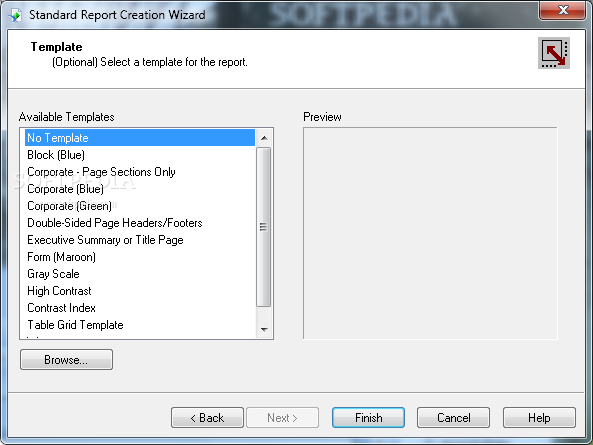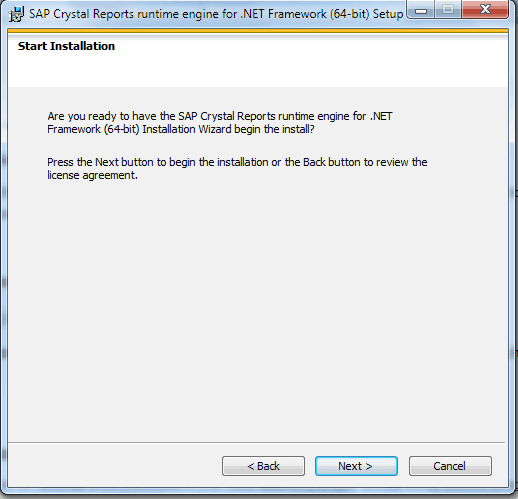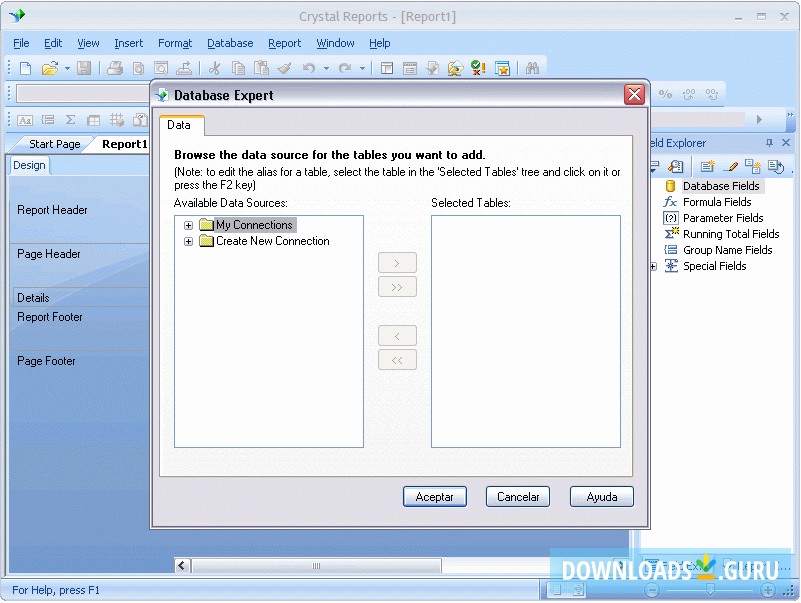
Versions and service pack levels Known Crystal Enterprise versions and serviceĬlick on the section title below to expand / collapse it. We've compiled a table of Crystal Reports versions and their Service Pack / Fix Pack levels. But how do you tell the service pack level installed? If you open your Crystal Reports designer and go to HELP|ABOUT, you'll see a version number listed. How can you tell which version(s) you have installed? There are numerous service packs and fix packs for each version of Crystal Reports.

It is our intention to gradually add additionalįeatures, and have feature parity with the desktop tools (where possible) in later versions. Well native support for Crystal Reports 2016 down to Crystal Reports 8.5 reports.rpt Inspector Online includes analysis, documentation tools, and now ChangeĮditor features with additional in development. Internet Explorer support may be offered later) and supports Windows 7, Windows 8.1, and Windows 10 as rpt Inspector Online runs in modern browsers (Mozilla Firefox and Google Chrome are supported,


Online, a new FREE cloud / SaaS product is now in public beta open to all That way, you can easily remove previous installs before running an upgrade in one script and need only the new payload files.Ĭ:\Program Files (x86)\SAP BusinessObjects\setup.exe -u product.cr.patch-4.1.6.0-core-32Ĭ:\Program Files (x86)\SAP BusinessObjects\setup.exe -q -u. You may need to test this as I am not sure how consistent this is across various versions, but the uninstall strings are basically the same, so I suspect it's consistent. Oddly, the SP's so far only need the -u and they are silent. THEN you can remove the base install, which will require a -q -u to make it silent. That -u works for the service packs and updates, and you have to remove those FIRST. That is not documented, but I figured it out based on experience. However, you need to change the one command from -i to -u. In the uninstall keys, there is the "uninstallstring" value, well, that does work. Well, there's a much better way, but undocumented. Their documentation talks about building a response file for the uninstall similar to the install response file, but you need the entire payload of the package to do it.


 0 kommentar(er)
0 kommentar(er)
